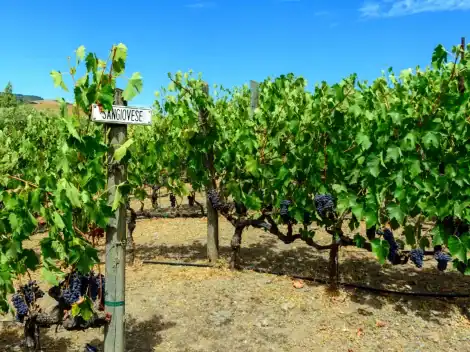Having covered the history of sweet preserves, tomato sauces and pesto, it’s time to look at the other ubiquitous foods in the pantry: pickles and preserves in oil. Ready-to-use products, perfect for accompanying dishes, filling sandwiches, flavouring pasta or rice salads, or putting together a good starter in just a few minutes.
Preserves in oil: winter supplies
Like most preserves, the need to make the most out of all the fruits of the earth, without wasting precious summer ingredients (although other ingredients such as mushrooms can also be used), led to the creation of preserves in oil. And that's not all: in the past, when agricultural techniques were much less advanced than today, frost, hailstorms and sudden weather phenomena often ruined entire harvests, leaving farming families without food. Pickles, therefore, represented the provisions for the winter, the supplies to store carefully, in order to cope with colder months.
Vegetables in oil: preserving in olive oil
The technique of preserving in olive oil is one of the oldest: the Romans already knew many of its properties, including the ability to preserve food. In this way, the ingredients are isolated from oxygen and thus the growth of aerobic bacteria is inhibited. Of course, there are also anaerobic bacteria, such as the dreaded botulinum toxin (Clostridium botulinum), which causes severe intoxication with unpleasant consequences for the body. To avoid the risk of botulism – which only applies to homemade preserves, and not to the one on the market – it is advisable to carefully sanitise the tools, sterilise the containers and vacuum-seal them properly. Before covering completely every single part with olive oil, the food is cooked, salted or acidified with wine vinegar.
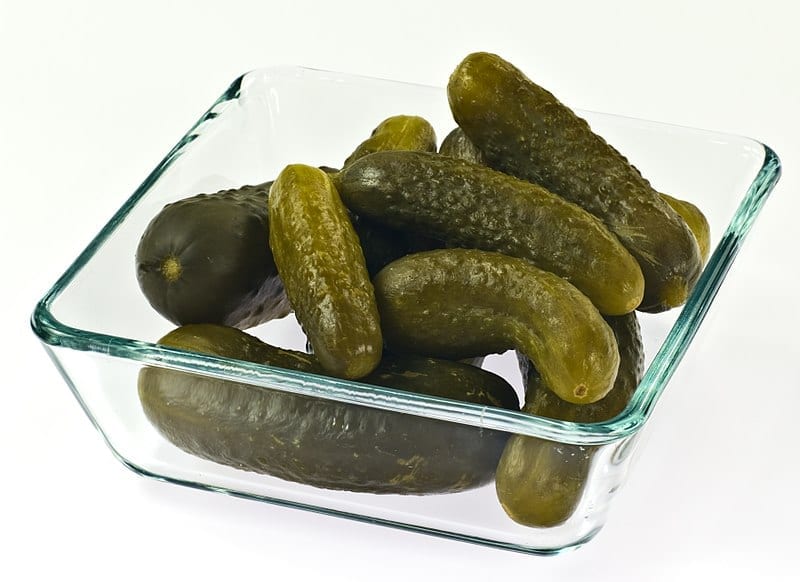
Pickles: the birth of vinegar
Another widely used method is the vinegar pickling. A very ancient practice, whose spread went hand in hand with the birth of vinegar, a historical product already existing in 4000 BC thanks to the Babylonians. They used to make it from dates or grapes, and then used it as seasoning, preservative or even disinfectant for water. The references in the Old Testament are among the earliest written records, but it is difficult to pinpoint its precise place and date of birth. It has been produced over time in many countries with different ingredients, from grapes to apples, from malt to tomatoes.
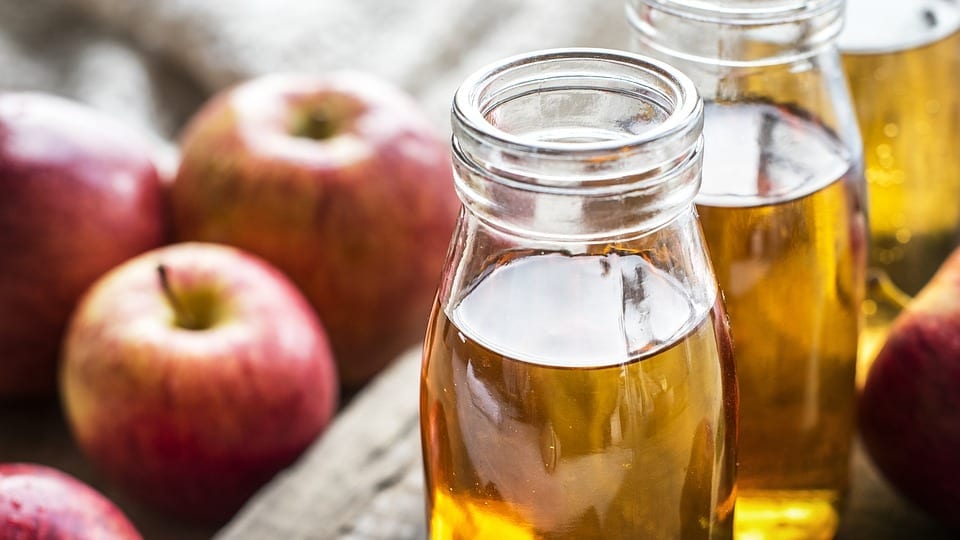
Vinegar in Ancient Rome: acetaria, moretum, posca
Vinegar played a fundamental role in Ancient Rome, where it was customary to leave each diner a small bowl full of vinegar, the acetabulum, so that the guest could dip his bread in it or rinse his hands and mouth between courses. The Roman Apicius also mentioned acetaria, a salad of vegetables and fruit dressed with vinegar-based sauces, and moretum, the ancestor of pesto, made with herbs, cheese, salt, oil and vinegar. But vinegar was also the main ingredient of posca, a thirst-quenching drink, made by mixing water and vinegar and sold in the streets, consumed mainly by legionaries (it is said to be the drink that Roman soldiers offered to Jesus on the cross as a sign of respect).
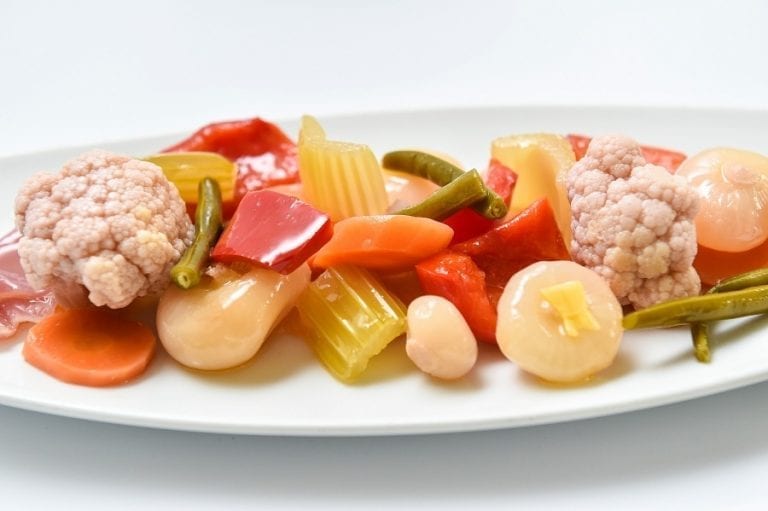
Giardiniera: vegetables and vinegar
One of the best-known and most popular recipes with vinegar is giardiniera, traditionally made with peppers, carrots, celery and cauliflower, often with the addition of onions and fennel. Sometimes it is enriched with courgettes, pumpkin, pitted olives and green beans, and any other vegetable according to personal taste. Once again, a preserve that originated as a poor man's dish, prepared at the end of the summer, making thus the best use of the plentiful vegetables that the countryside offered in that season. Giardiniera is made with chopped vegetables, salt, vinegar, sometimes white wine and sugar: a few minutes of cooking to keep the ingredients crispy, an essential feature of a good giardiniera.
by Michela Becchi
You may also like…
Fruit preserves: marmalade, jam, compote, chutney. History and curious facts
Preserves: tomato puree, tomato paste, pesto. History and curious facts

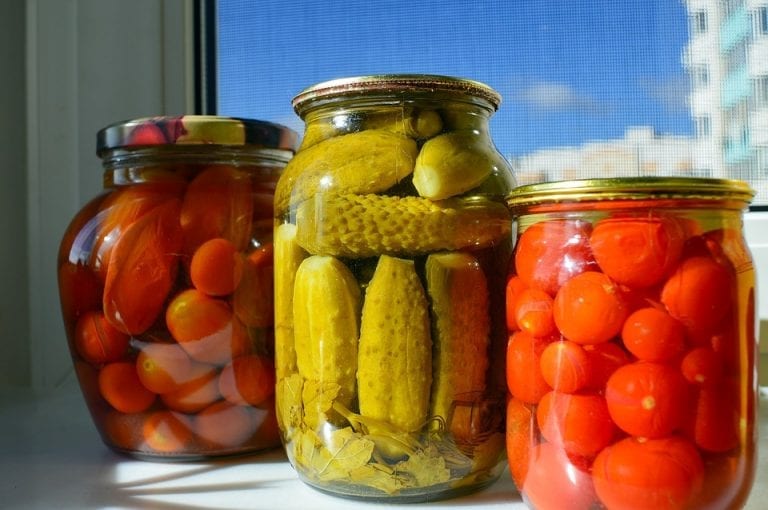
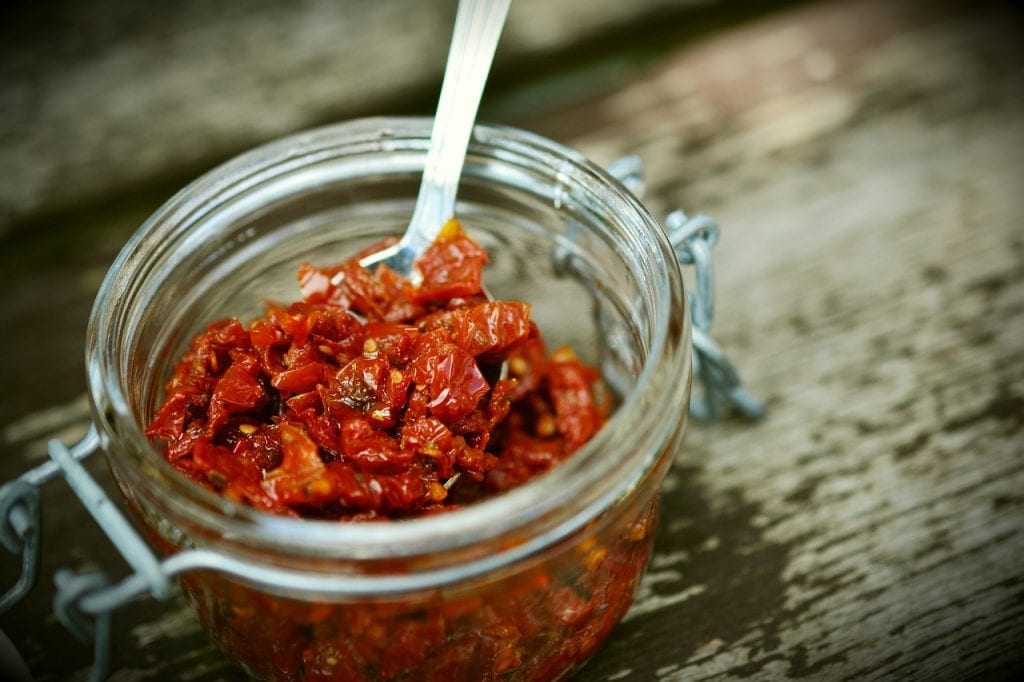
 “In Chianti, warehouses are full and prices are falling”. The economic crisis of Tuscan wine explained by Giovanni Busi
“In Chianti, warehouses are full and prices are falling”. The economic crisis of Tuscan wine explained by Giovanni Busi US tariffs will take effect on 1 August for everyone (including wine). Prosecco DOC: “it’s impossible to plan for the future
US tariffs will take effect on 1 August for everyone (including wine). Prosecco DOC: “it’s impossible to plan for the future Diego Rossi of Trippa opens a new osteria: what you can eat at Nino Osteria con Cucina in Milan
Diego Rossi of Trippa opens a new osteria: what you can eat at Nino Osteria con Cucina in Milan How you eat at Sentiero, the restaurant Elba Island was missing
How you eat at Sentiero, the restaurant Elba Island was missing

